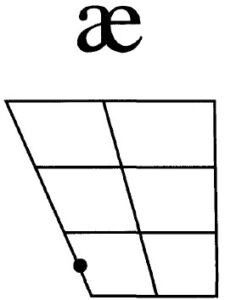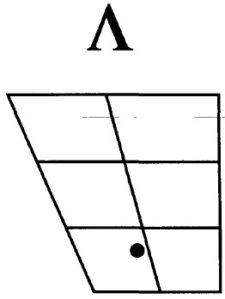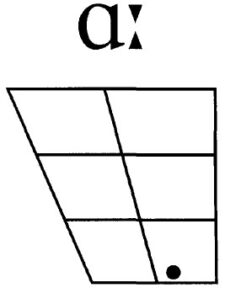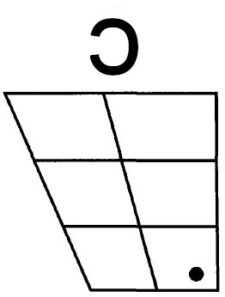Open vowels
For open vowels, the tongue is low in the mouth. Moving from / æ / through to / ɔ / (also represented by / ɒ /), we also notice the different positions of the tongue; / æ / is a front vowel, and / ɔ / is a back vowel.
Characteristics
The front of the tongue is raised to just below the half-open position. Lips are neutrally open.
Examples:
hat, attack, antique, plait
Characteristics
The centre of the tongue is raised to just above the fully open position. Lips are neutrally open.
Examples: run, uncle, front, nourish, does, come, flood
Characteristics
The tongue, between the centre and the back, is in the fully open position. Lips are neutrally open.
Examples:
far, part, half, class, command, clerk, memoir,
aunty, hearth



